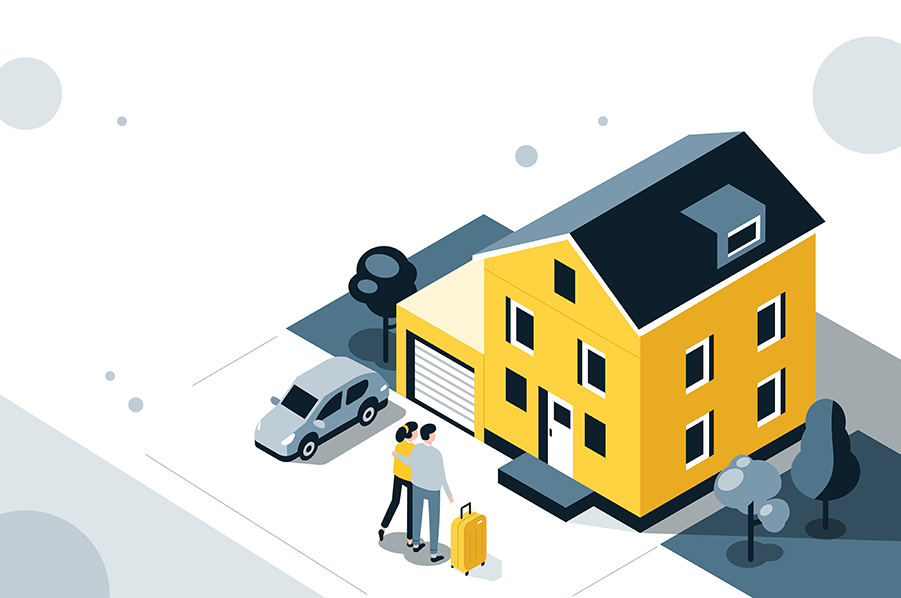
by:
In the long run, buying is almost always more financially advantageous than renting—you get tax benefits, the chance to build equity and the freedom to make the place truly your own. You don’t have to worry about surprise rent increases, and after a few years, you may be able to sell the home and turn a profit.
But that doesn’t mean there aren’t costs to prepare for. At Primary Residential Mortgage, Inc., we believe everyone deserves a home, but we don’t want anyone to be caught off guard by the costs of homeownership.
There are a few costs to prepare for when you switch from renting to owning. Keep reading to make sure you’re ready for the change.
1. Down payment and closing costs
Your down payment and closing costs can vary quite a bit depending on the financing option you choose. In some cases you may even be able to buy a home with no down payment,* but it’s smart to prepare for these costs ahead of time. Your Loan Officer can help you determine what these will be.
*Closing costs and fees may still apply.
2. Mortgage insurance
There are many low and no down payment financing options available to help make it easier to buy a home. However, if you choose one of these options, you may be required to pay mortgage insurance each month until you’ve built more equity in your home. The amount will depend on multiple factors, including how much you put down.
3. Property taxes
Owning a place has lots of perks, but it also means you need to pay property taxes. Taxes will vary depending on your location and the value of your property. Your Loan Officer can help you figure out what to expect.
4. Home maintenance
One benefit of renting is having the option to call a landlord when something goes wrong. Owning comes with more freedom, but it also means you’re the one paying for plumbing repairs, electrical upgrades, new paint, appliance repairs and other upkeep. Common wisdom recommends being ready to spend 1%–5% of your home’s value on annual maintenance.
5. Homeowners insurance
You were likely paying renters insurance, but when you buy a place of your own, expect to spend a bit more each month on homeowners insurance. In most cases it costs a bit more because it offers more protection than renters insurance.
6. Yard maintenance
In most cases, landlords take care of the grounds on a rental property. If your new home has a yard, you’ll need to handle the maintenance on your own or pay someone else to take care of it.
7. HOA fees
If your new home is in an area with a Homeowners Association, you may need to pay monthly HOA fees. These fees cover usually cover the costs of amenities and maintenance for common areas. For example, your HOA fees may be used for the community pool, gym or landscaping. In some cases, HOA fees also cover maintenance of the building’s exterior.
8. Utilities
Renters and owners both pay utilities, but since many landlords cover the costs of some utilities like water and trash, you may need to budget more for utilities as a homeowner—especially if your new place is larger and costs more to heat or cool.
9. New furniture
New furniture isn’t a mandatory expense of owning, but odds are good you’ll want to fill your new home with some updated furniture. Be prepared to spend some money on new things for your new home whether you finally have room for a big dresser or need a bigger table for hosting dinner parties.
Buying a place of your own is exciting—and a great step toward a stronger financial future. Keep the costs above in mind as you prepare to buy your home so you’re ready for the expenses.